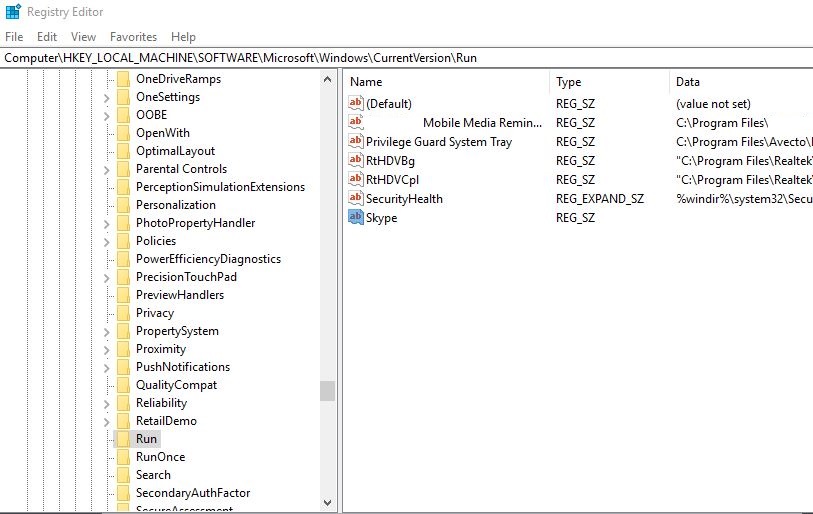


MS-Organization-Access and MS-Organization-P2P-Access Certificate.Handling devices with Azure AD registered state.Re-register a Windows 10 device for Hybrid Azure AD join.Verify the registration by using dsregcmd.In this post I want to configure Hybrid Azure AD join. These scenarios don’t require you to configure a federation server for authentication. You can deploy a managed environment by using password hash sync (PHS) or pass-through authentication (PTA) with seamless single sign-on. You can secure access to your cloud and on-premises resources with Conditional Access at the same time. The differences between them will be described in the following article from Microsoft under the Concepts menu point.īringing your devices to Azure AD maximizes user productivity through single sign-on (SSO) across your cloud and on-premises resources. You can accomplish this goal by managing device identities in Azure AD. You can use a device’s identity to protect your resources at any time and from any location. Mark the replies as answers if they helped.Like a user in your organization, a device is a core identity you want to protect. If you need any further assistance on how to configure this in SCCM, you can post in our dedicated SCCM forum, there you should get more professional responses: Start /wait %DeployServer%\setup.exe /configure %ConfigFile% Not sure how exactly your task looks like in SCCM, regarding your specific question, we can create a batch file like the following, then push it out with SCCM:Ĭall cscript \\server\share\Offscrub15.vbs ProPlus /bypass 1 /q /s /NoCancel Install Office 2016 cleanly on the machine. Uninstall Office 2013 using one of the available methods for automated uninstallation I don't know too much about SCCM. But for this process, the biggest take away is to follow the following order: However, in both cases the Office 2013 uninstall finishes after Office 365 is started which we want to avoid.ĭo you know how to prevent Office 365 ProPlus installation from starting until the dependency application uninstalls Office 2013 or at least how to start Office 365 ProPlus installation task only after the Office 2013 Removal Script finishes? traditional application with dependencies approaches: Office 365 ProPlus application installation runs based on the dependency application which uninstalls Office 2013.task sequence: uninstall Office 2013 task starts first and then install Office 365 ProPlus runs.Office 365 PP and Office Removal Tool SCCM applications. How to accomplish that properly? We have functional Both operations should be done using SCCM 1610. We need to install Office 365 ProPlus (the package works) and uninstall Office 2013 (using Office removal tool package) prior to the Office 365 ProPlus installation.


 0 kommentar(er)
0 kommentar(er)
